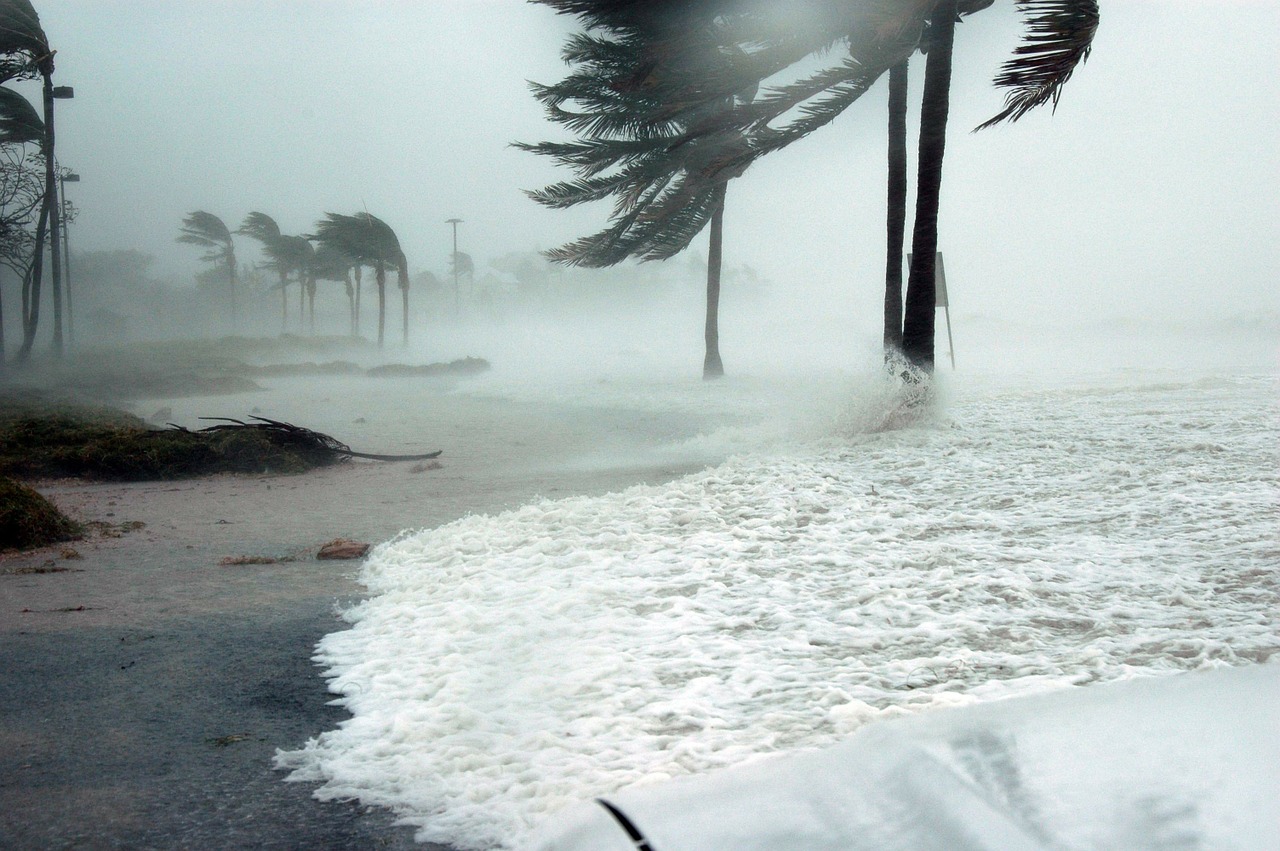The 2017 Atlantic hurricane season is expected to be more active than usual. But every storm season is a reason to prepare your trees and foliage to withstand the winds and waves. Here’s what you need to know to protect your property.
Storm Intensity
From tropical storms to hurricanes Category 1-3, you can make good efforts to protect your property and mitigate damage (and you should). It’s much tougher (if not impossible) with Categories 4-5 (Harvey made landfall in Texas as a Category 4), but it’s still wise to do the best that you can to prepare for high-wind events to keep your home and foliage safe, hoping to withstand any major storm events.
Pruning
Strong, healthy trees may not pose a threat to your property even in fairly high winds. But what is the condition of the branches? The canopy? Any limbs that are broken, dying, or even dead need to be professionally pruned to make sure that any decay or further damage is prevented—and that the offending limbs are removed safely. A trunk may stay standing, but even storms that don’t make the “tropical depression” list can leave neighborhoods scattered with debris. These kinds of damaged foliage can reduce the post-storm cleanup (and prevent some damage).
Trees in Trouble
As storm season approaches, it’s important to watch out for trees that could be devastated by hurricanes, and even cause damage to surrounding property and structures. Consider trees on your property with the following characteristics:
- Very full canopies: dense foliage may be draining the tree’s resources, and pruning can help bring strength back to the trunk. But it may be a tree in trouble if storms approach before it can recover with pruning.
- Decaying or dead trees: any tree that is beyond recovery should be removed as soon as possible, not just for storm season, but because it can pose a hazard to residents or passersby.
- New or young trees: if a tree hasn’t had the chance to develop its root structure because it was recently planted, it may pose a hazard in hurricane season.
- Twin-trunked trees: the most stable trees in regions that regularly experience hurricanes are those with a single strong trunk. When a tree splits into two relatively even trunks, the risk of splitting and being felled in high winds greatly increases.
All of these “risky” trees should be examined by a professional arborist who can consult and provide help in protecting your healthy trees, property, and residence (or place of business).
Cleanup After the Storm
After a hurricane has passed, assess your property for damage, and consult professionals for any risky cleanup. Call the power company for any downed lines, and a qualified arborist to prune dead limbs, branches, or trees, for trunk and stump removal, or to help a healthy tree recover from damage.
Tall, majestic, and shade-producing trees add great atmosphere to your property. You don’t want to have to worry about what will happen to them (or you) in a storm. So call in the professionals at Nassau County Tree Surgeons to help you prepare for (or recover from) the storms, so you can enjoy your trees in every season.
